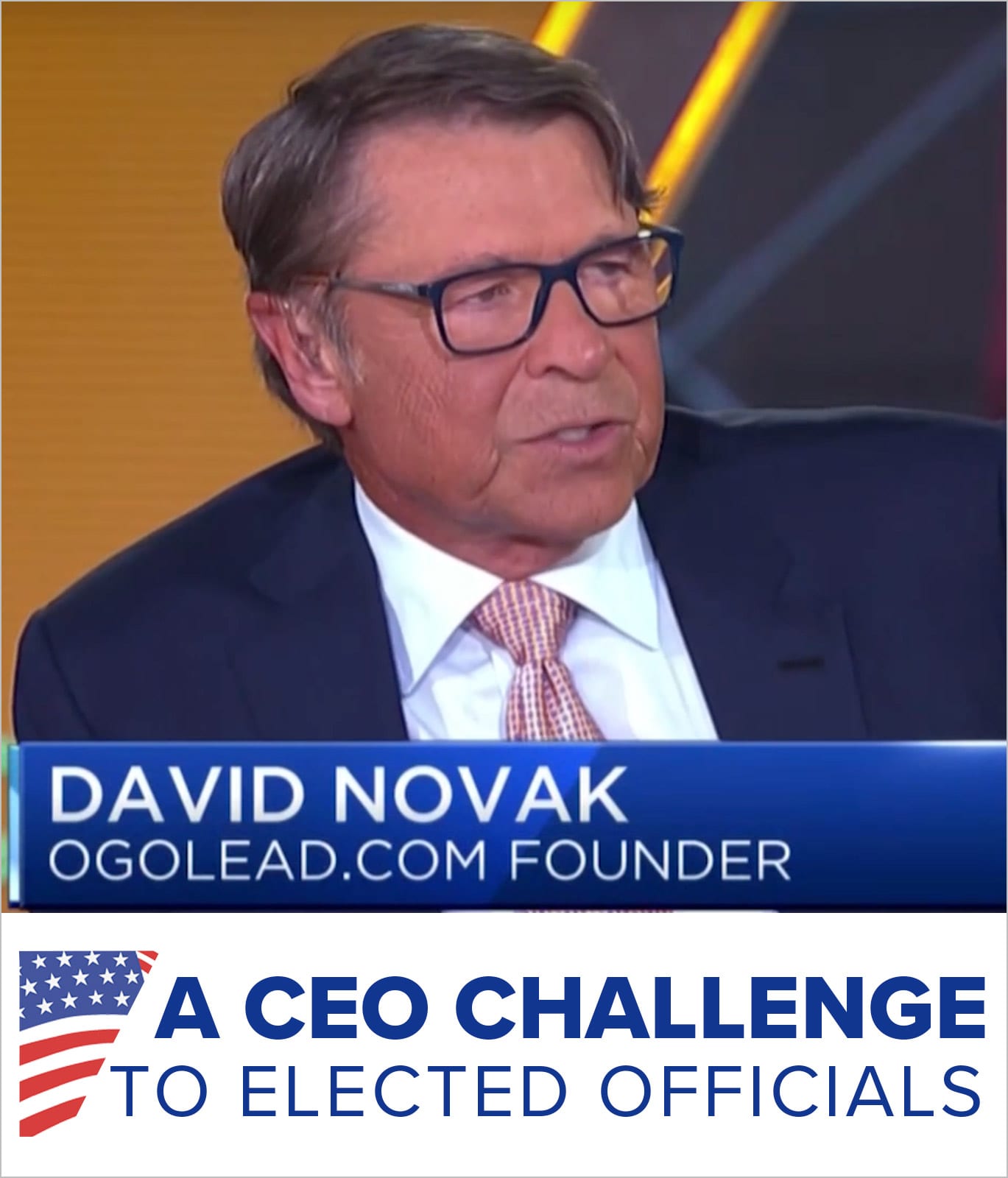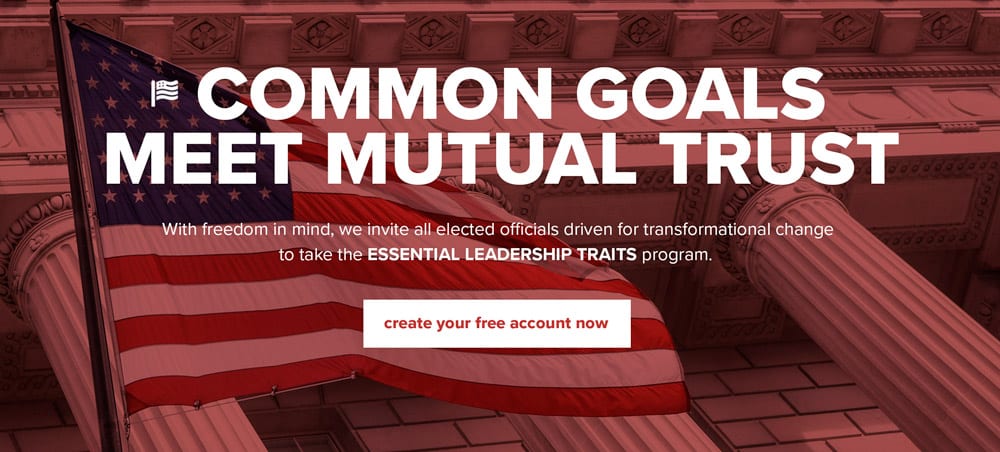Making the decision to invest in an MBA can be a tough one. It takes time and money and can ultimately help move you forward in your career. MBAs and degrees are often the price of admission for certain jobs. But will an MBA guarantee your success as a leader?
Personally, I don’t think an MBA is enough or is even required. I know that you can be successful without getting an MBA because I don’t have one.
However, I do believe there is one skill that can help you get ahead regardless of your degree: being an avid learner.
I believe being an avid learner differentiates good leaders from great ones, whether you have an MBA or not. I got promoted time and time again without one. Let me share an example with you.
When I was the head of marketing at Pepsi-Cola Company, I wanted to become chief operating officer — even though I had ZERO operations experience. I knew the chairman saw me as a fantastic marketer, but he was leery about me becoming a general manager. I also knew I needed to demonstrate operations ability before I would get promoted to a division president. This is why I sought the COO job. I went in knowing my biggest asset would be having the ability to learn from others and then use my power to help solve the biggest issues and exploit the biggest opportunities.
Given the confidence I gained through the years because I was an avid learner, I decided to ask the CEO for this job. I had a good working relationship with the CEO and I knew I wasn’t the obvious choice, so I made him a deal: Test me in this role, and if I don’t succeed, you can put me back in marketing or fire me. The CEO took a chance on me, and I knew it was time to become an avid learner of operations!
Being an avid learner made all the difference in my success as COO. As soon as I started, I knew I needed help, so I met with the people who really knew what they were doing. I met with route salesmen and asked them questions and listened to what they had to say. I went on sales calls and asked customers questions. I interviewed the workers in the bottling plant too, and all the asking and listening helped me discover the things that mattered and what fundamental processes needed to be changed.
Because I was an avid learner, I was able to pinpoint and solve some longstanding issues, develop operations processes that made significant improvements, and we started making money.
My demonstrated success as COO led to me being promoted to president of KFC — but the learning didn’t stop then.
At KFC, two books greatly influenced me: Walk the Talk by Eric Harvey and Steve Ventura taught me about the importance of doing what I say. Nuts! by Kevin and Jackie Freiberg explains how Southwest Airlines built a powerful culture and gave me a ton of ideas for building a great culture at KFC and later Yum! Brands.
Today, I’m still passionate about avid learning, and I practice it by hosting a podcast with successful leaders from around the world. Their wisdom and knowledge inspire me and teach me things like how adversity can become your advantage.
Learning from other successful leaders, reading books and seeking out people who are experts are three ways to practice avid learning, but these aren’t your only options. There are countless ways you can learn new skills and information.
I recently hosted a podcast with Jimmy Dunne, senior managing principal at Sandler, O’Neill + Partners, who understands the importance of avid learning. He practices avid learning by reading a ton and watching documentaries about people like Abraham Lincoln and Nelson Mandela. He’s interested in learning from anyone who’s particularly successful at anything, whether it’s a professional golfer, professional basketball player, or a surgeon.
Dunne shared this wisdom about the importance of avid learning, no matter where you are in your career: “As you get older, you tend to play it closer to shore. And that’s not where the fun is. The fun is a situation that you’re not that sure about, but you’re willing to work really hard to learn a lot about it and maybe make a few mistakes, but really delve into it and not be afraid of it… You gotta be fearless and get offshore.”
I’m a firm believer in the power of avid learning and how it can help you advance in your career because it helped me become the leader I am today.
As Anthony J. D’Angelo said: “Develop a passion for learning. If you do, you will never cease to grow.”
Don’t miss: Winning jockey Donna Barton Brothers shares 3 traits that led to her success
























